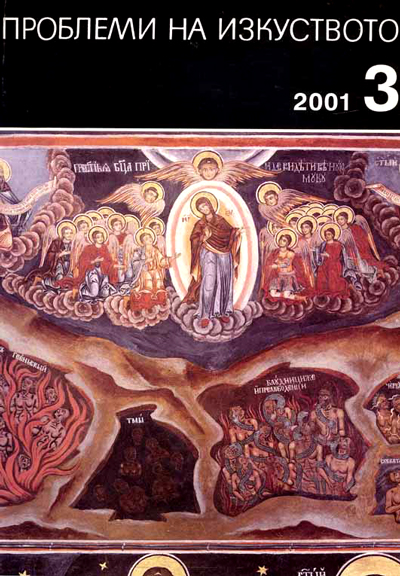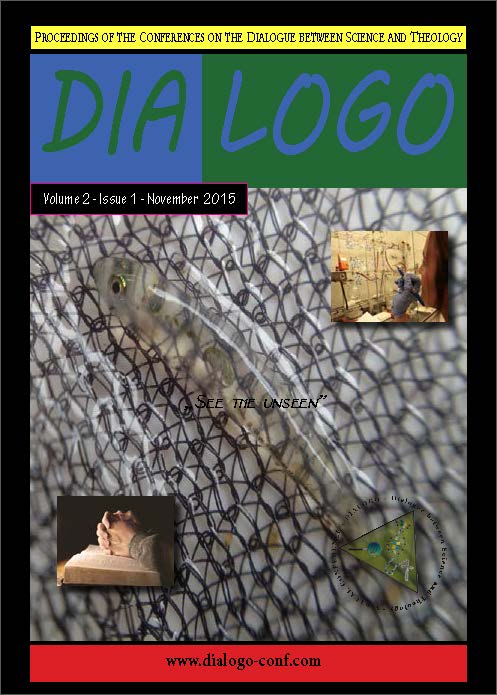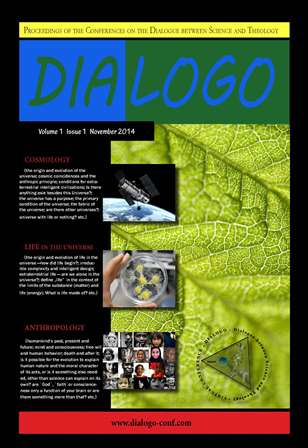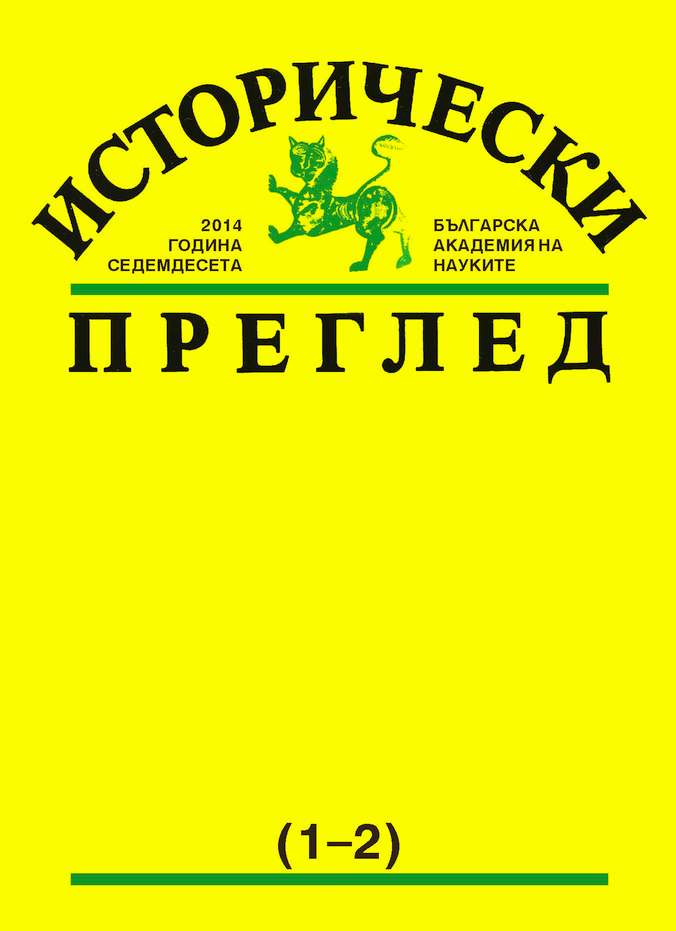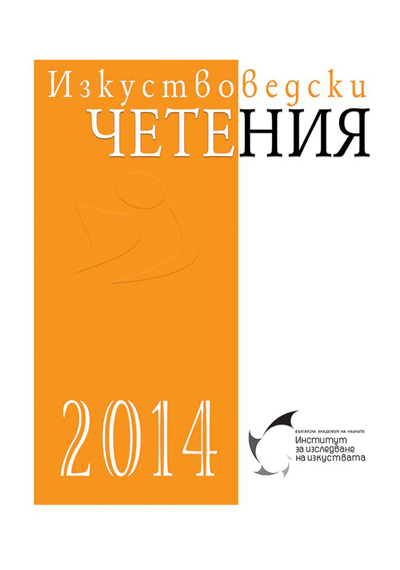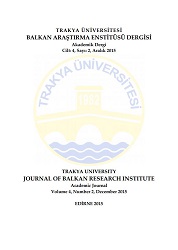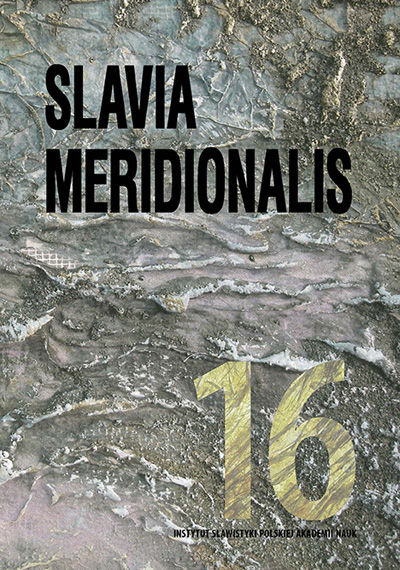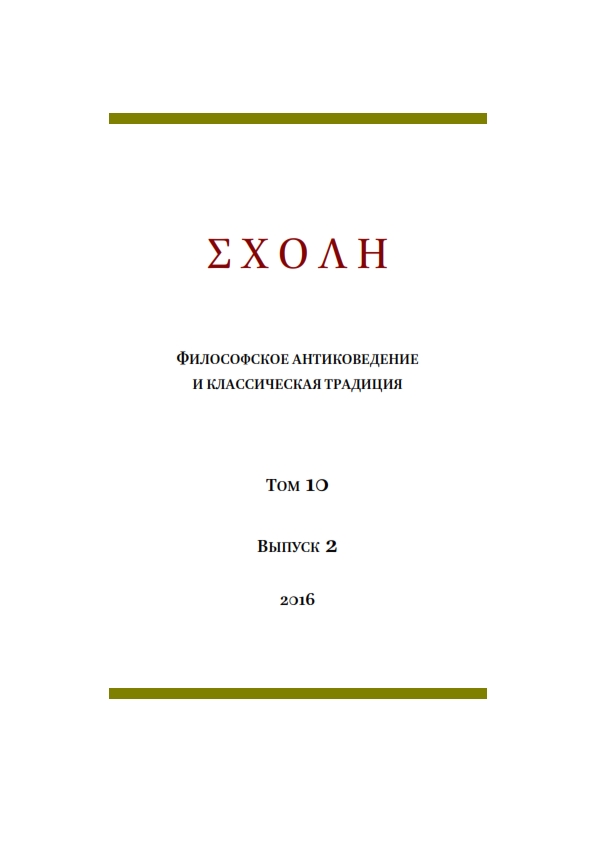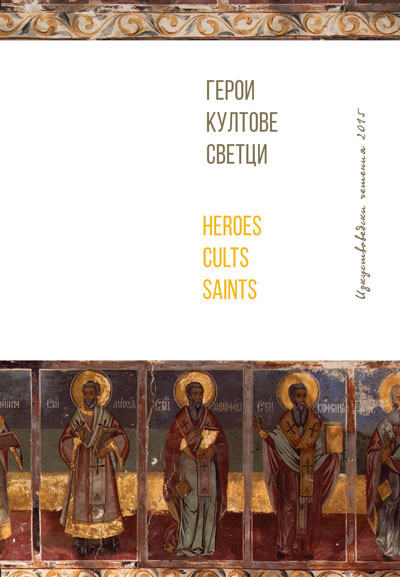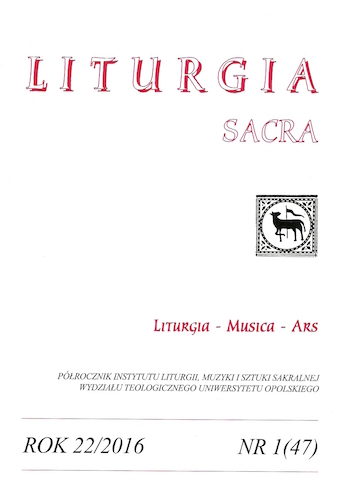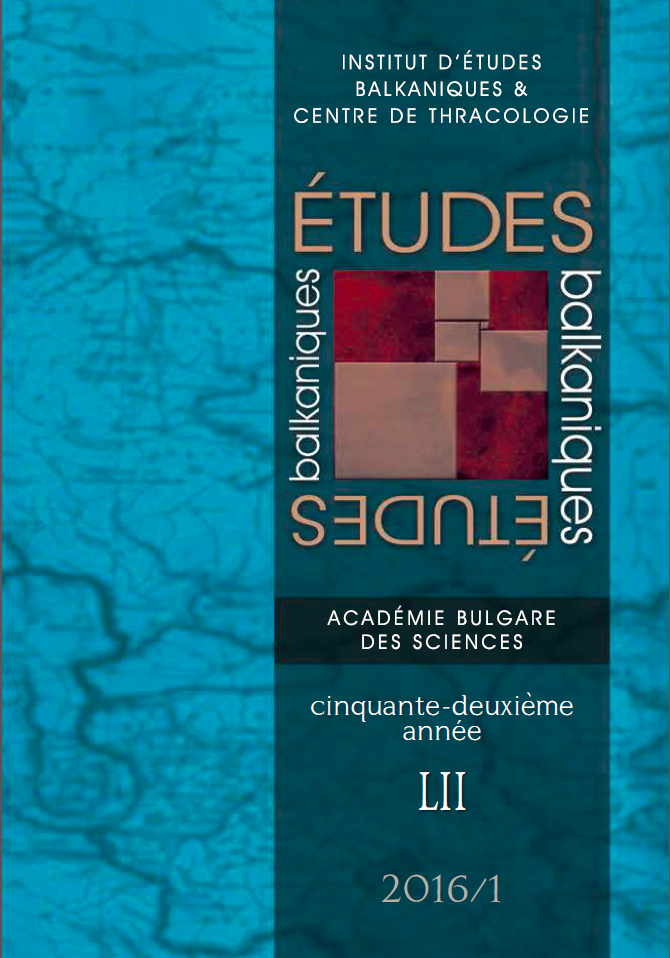
Prayers and Spells Against Unholy and Evil Spirits in a Nineteenth-Century Prayer Canon
In this article, the object or research is a block of six apocryphal prayers from the end of the 18th or the beginning of the 19th century. Among them, there are several prayer charms, of which two are supposedly written by Basil the Great, and four by John Chrysostom. On the basis of four transcripts in manuscripts from SS Cyril and Methodius National Library in Sofia, the inclusion of this block of prayers into prayer canons against evil spirits and demons, which have a diverse composition and are composed according to the regulations of the Orthodox Church, is traced. Among the above-mentioned prayers, for the first time, prohibitive prayers are attested, which so far have not been included in the classification of apocryphal prayers.
More...
